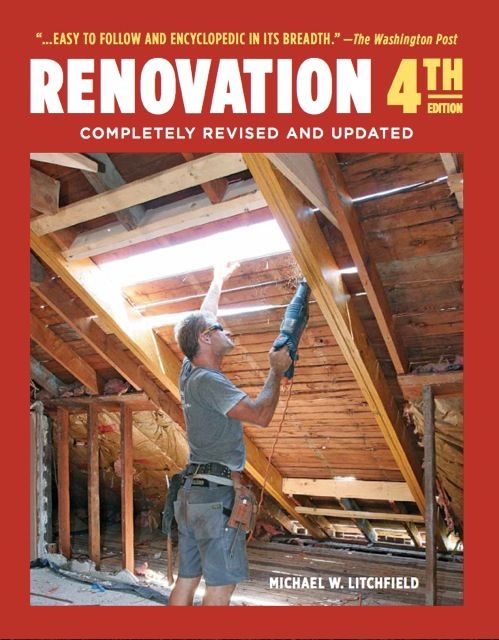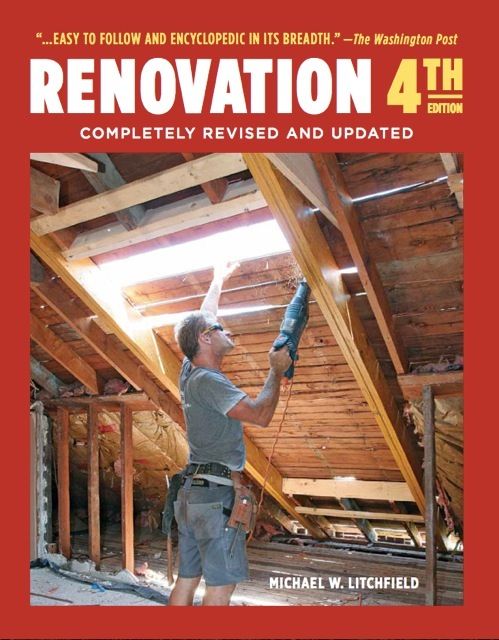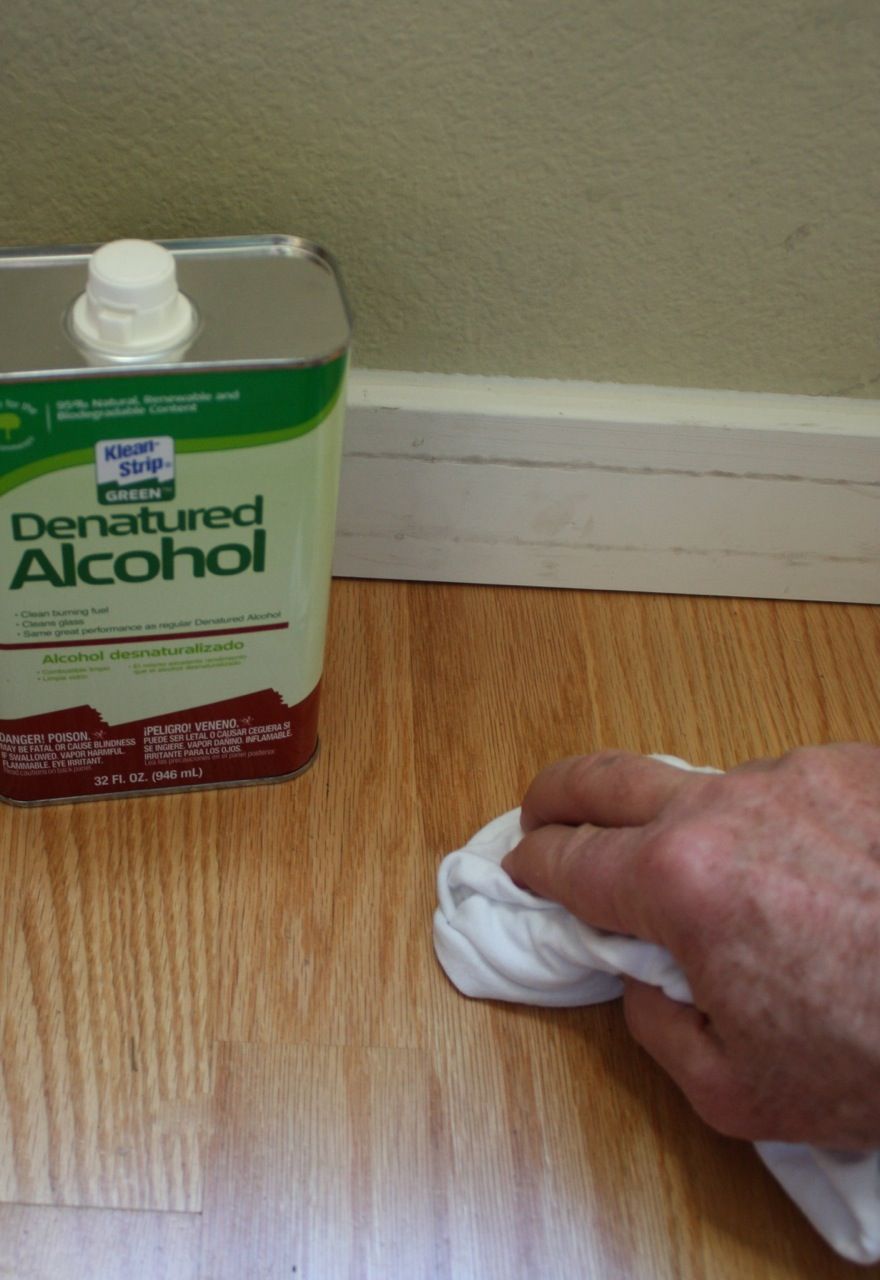What’s that Finish?

To identify a finish, rub on a small amount of the test solvents in this list, starting at the top of the list (the most benign) and working down till you’ve got your answer. Preferably test an area in an out of the way place so it won’t be visible. When applying solvents, wear rubber gloves and open nearby windows.
Oil. If a few drops of boiled linseed oil soak into the woodwork, you have an oil finish: tung oil, linseed, Watco or the like. If the oil beads up on the surface, the woodwork has a hard finish, such as lacquer, varnish, or shellac. Keep investigating.
Denatured alcohol. If the finish quickly gets gummy, congratulations! It’s shellac, which will readily accept a new coat of shellac after a modest sanding with an abrasive nylon pad or 220-grit sandpaper. Older woodwork with an orange tinge is often shellac-coated.
Mineral spirits (paint thinner). This will dissolve wax immediately. Dampen a rag and wipe once. If there’s a yellowish or light brown residue on the rag, it’s definitely wax. If your woodwork finish has an unevenly shiny, runny appearance, suspect spray-on wax.
Lacquer thinner. This solvent dissolves both varnish and shellac, so try denatured alcohol first. If alcohol doesn’t dissolve the finish but lacquer thinner does, it’s varnish.
Acetone. This one will dissolve varnish, too, in about 30 seconds. But if acetone doesn’t dissolve the finish–just softens it a bit–that finish is probably polyurethane.
Before applying a new coat of water-based finish, use damp rags to wipe dust off surfaces rather than tack rags. Because tack rags are typically pieces of cheesecloth treated with varnish to make them sticky, they leave a faint, oily film that water-based coatings may have trouble adhering to. Tack rags are fine, however, if followed by oil- or solvent-based finishes.
This blog is excerpted from my new book (November, 2012) Renovation 4th Edition, published by Taunton Press. I have been fine-tuning Renovation for more than 30 years and it contains the collective wisdom of designers and builders across North America. Renovation 4‘s 614 pages include 250+ technical drawings and 1,000 photos selected from the 40,000 I’ve taken on job sites over the years. I hope you find it useful. – Mike
© Michael Litchfield 2012
Fine Homebuilding Recommended Products
Fine Homebuilding receives a commission for items purchased through links on this site, including Amazon Associates and other affiliate advertising programs.

8067 All-Weather Flashing Tape

Affordable IR Camera

Reliable Crimp Connectors

























View Comments
How does one identify water based/born finishes such as latex, newer varnishes, and other new low VOC finishes?
Guys, you might be interested in checking out fine luxury homes by Brejnik Fine Homes (www.brejnik.ca). They build fine luxury houses. Brejnik team consists of qualified and trusted: Architects, Interior Designers, Appraisers / Lenders, Trades & Suppliers, Geo-technical engineers, Structural Engineers, Arborists, Landscape Architects, Pool & Water Feature Specialists.